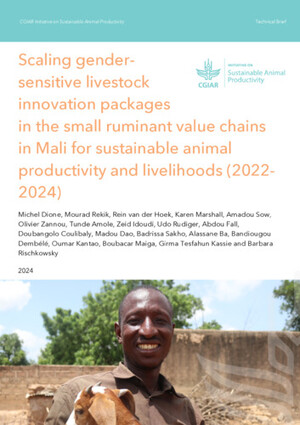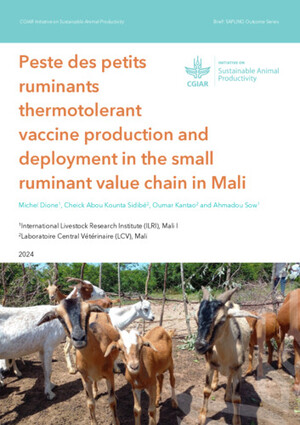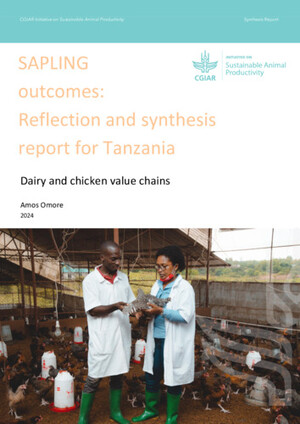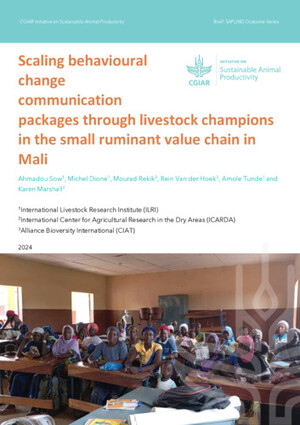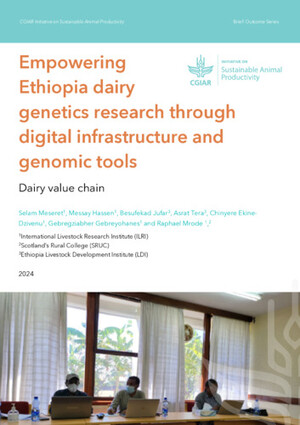
Credit, technology adoption and collective action in Tanzania’s smallholder dairy sector
Abstract
The study investigates the role of technology adoption and collective action in the demand for credit among dairy farmers in rural Tanzania. Using survey data from four districts in Tanga and Morogoro regions, the incidence of credit is found to be seven percent. Logit and tobit models based on a conceptual framework that assumes endogenously determined interest rates and nonseparability of production and consumption credit, are applied to the data. Interest rates are found to be exogenous and statistically insignificant in the demand for credit. The logit model shows collective action to positively influence the decision to borrow, but technology adoption is insignificant. From the tobit model, both collective action and technology adoption positively influence the amount of funds borrowed. We use these results to examine the observed failure of rural savings and credit cooperative societies to lend to smallholder dairy farmers and livestock keepers in general in Tanzania.
Citation
Twine, E.E., Rao, E.J.O., Baltenweck, I. and Omore, A.O. 2015. Credit, technology adoption and collective action in Tanzania’s smallholder dairy sector. Paper presented at the Agricultural and Applied Economics Association and Western Agricultural Economics Association Annual Meeting, San Francisco, California, 26-28 July 2015





